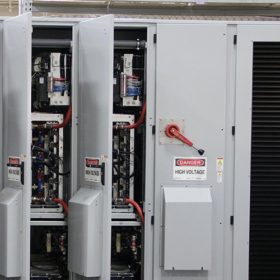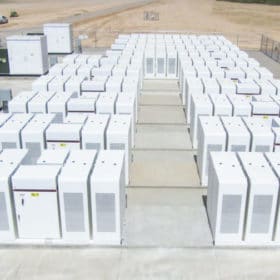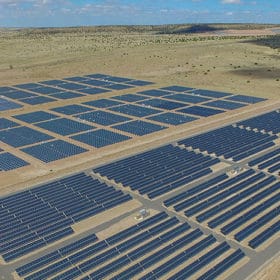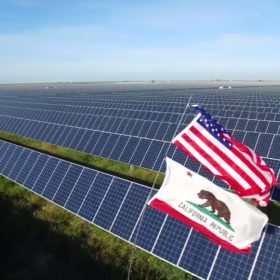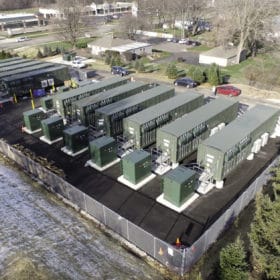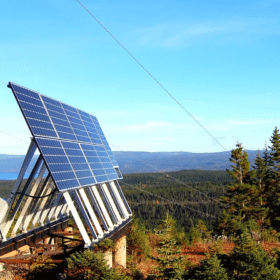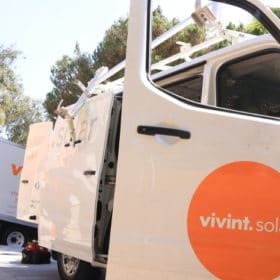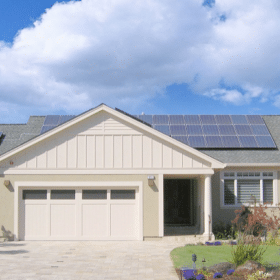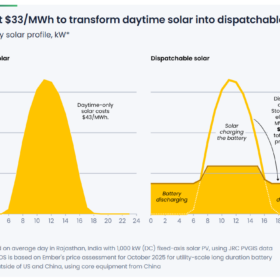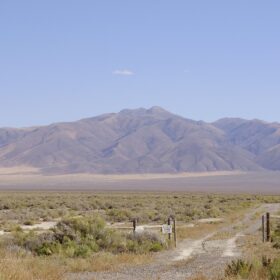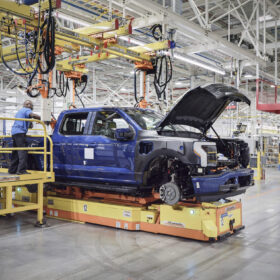ITC extension hits the house, St. Louis going clean: pvMB 11/20/19
Hello wonderful readers and welcome to this week’s Hump Day morning brief. on this most wonderful of Wednesdays we have Target’s 500th rooftop installation, big procurement by Facebook and a NextEra project in South Carolina.
Calling all California solar and storage developers – 6,000+ systems, 32 MW+ request for proposals
Four California CCAs have combined to release a joint RFP in Alameda, San Mateo and Santa Clara counties for developers to build out distributed energy storage at local homes, multifamily properties, and commercial buildings that can keep the locations running when the grid is powered down.
SRP joins the big boys of battery storage
Salt River Project has announced a 250 MW, 1,000 MWh battery project, located in Little Rainbow Valley. The project will be the largest in Arizona and among the largest in the country.
Another giant makes its home in Texas
Ground has broken on Ørsted’s 420 MWac Permian Energy Center, complete with a 40 MWac battery unit to complement the project’s solar generation.
Shell buys big solar, California is hungry for more: pbMB 11/11/19
Welcome to a Veterans Day edition of the pvMB where we’ll be looking at Sungrow becoming the largest string and central inverter supplier in the United States, the choice of 8minute Solar Energy to construct Eland, and a big sPower project in Arizona.
In the future there will be batteries, lots of batteries
The world is witnessing a global shift. A shift to clean mobility, to renewable energy. And this is where batteries come in.
Hardware brief: modules at 30¢/W, Enphase selling direct, solar+water, more!
It’s Friday, and Friday is the day you get to see new gear! Ideal Energy has put out a great white paper on a solar+storage demand charge management project, 8minute Solar Energy talks up their advanced solar power plant software partners, and Northern Reliability Company shows off the beautiful energy storage gear they assemble.
Vivint Solar boasts a record quarter
The company set records in installed megawatts and revenue, however operational losses, the bane of all third-party solar companies, still haunt Vivint.
Sacramento utility proposes eschewing rooftop mandate with community solar
The Sacramento Municipal Utility District has created a proposal which would allow homeowners to opt-into community solar programs in lieu of installing systems on their roofs.
Grid solutions: An interview with Greg Tremelling of Oztek
In this interview, pv magazine sits down with Greg Tremelling, VP of business development at Oztek Corp, to talk about his company’s solutions and where he sees the energy storage industry going.

